How to grow fragrant marjoram on your site
The aromatic, spicy marjoram is loved by many chefs and gardeners, but cultivating it is not an easy task. The heat-loving plant does not tolerate our climatic conditions. To grow marjoram from seeds, you need to provide him with conditions close to those in which he lives in his homeland. Therefore, most often, the seedlings are prepared first, and only then they are moved to open ground.
Description of the culture and the best varieties
Marjoram arrived at our tables from the Middle East region. It is often compared to oregano, cardamom, or thyme. Due to its aromatic substances, this plant has a subtler and sweeter odor than all known spices.
Two types of marjoram are used for cultivation:
- small perennial with dense vegetation, garden leaf type of plant. It goes well with other spices, is often used for preparing Italian dishes;
- an annual plant - a flower species of marjoram. The spice is propagated only by seeds. It is used for the production of medicines and essential oils.
Interesting fact
The name of marjorana is translated from Arabic as “incomparable”.
We present the four best marjoram varieties for Russian conditions:
- Baikal - fragrant bright and large leaves are used in cooking;
- Gourmet - undersized, productive, easy to grow;
- Cretan - with a lemon flavor, added to tea and grown as an ornamental plant;
- Tushinsky Semko - bushes with pointed foliage with frequent teeth at the edges, yields a harvest in 90 days.
How to choose seeds
Going to a garden store, you should know some points that can affect the development of all plants, not just marjoram:
- pay attention to the date of collection and packing of the seed. Marjoram has a shelf life and preservation of all properties - 1 year, older ones, most likely, will not rise, it is better to leave them to the seller; the same period for self-collected seeds, so do not collect material for future use, for several years;
- be sure to purchase the product only in a trusted place, giving preference to large manufacturing companies and breeders. Do not chase the price, be sure to check the quality certificates so that weeds do not grow instead of marjoram;
- before planting seeds, carefully study the instructions on the package, especially the timing and best periods of planting, harvesting; the main operations for planting seeds, the depth of planting in the soil and the frequency of watering - these recommendations are mandatory.
Advice! If you are already growing marjoram, you do not need to buy seeds. Leave a few bushes for sowing. After the seeds are ripe, roll up a small bag of newspaper and simply shake the fruits over it. You will get good seed - the main thing is to plant it in the coming season.
Growing seedlings
It makes sense to plant seeds in open ground only in the southern regions of the country. Residents of other regions will need to first sow the material at home and then move the finished seedlings into open ground.
The whole cycle of work is divided into several stages:
- Seed preparation for planting. After opening the bag, carefully examine the seeds and be sure to remove damaged or dried ones. Marjoram seeds are very small, so a magnifying glass may be required. Many gardeners advise not to carry out this operation and plant all the seeds, and then remove the weakened ones.
- The main planting work begins in late March or early April.For stratification, it is necessary to wet a piece of fabric in a 1% solution of potassium permanganate, pour out the seeds and place in a film. We leave everything overnight in a warm place.
- Prepare in the morning seedling boxes... They should be medium in size. Fill down a thin layer of expanded clay for soil drainage. On top of 2/3 - ready-made or home-made soil (in the same amount of humus, top fertile soil layer and sand).
- We make rows for sowing to a depth of 15–20 mm. The distance between furrows is 100-150 mm.
- We dry the soaked seeds and then sow into the furrows. An acceptable option is to mix the seeds with sand and distribute them in rows.
- Having sifted the earth through a sieve, we cover the plantings.
- From a spray bottle we water the beds with a small amount of water, place the box in a large plastic bag and set aside in a warm and bright place.
- Indoors, you need to maintain a temperature of at least 20 ° throughout the entire period of growing seedlings.
- The first shoots appear after 2 weeks. The package can then be removed from the box. Now, periodically watering the seedlings, we maintain a constantly moist soil under the seedlings.
After 30-35 days, when the first true leaves grow on the shoots, we recommend diving the plants, removing the weakened ones and leaving about 50-70 mm between the shoots. Immediately after this operation, the plants must be fed by adding ammonium nitrate and phosphorus fertilizer to the solution.
As the seedlings grow, it is important to prepare the soil for planting. It is better to do this work in the fall. For planting marjoram, you will need to choose a sunny place on the south side of the site. If the bed was dug up in the winter, you will not need to dig the ground in the spring. Having previously loosened the soil with a rake and drawing rows, it will be enough to add ash and saltpeter to the soil.
In mid-May, under optimal conditions for development, 5-7 leaves grow on the sprouts of marjoram. So it's time to prepare the spice for transplanting: harden. This is done simply. We begin to take out the boxes with seedlings at the beginning of May, at a temperature of 15–20 ° outside, first for a few hours and gradually increase the hardening period. Plants get used to the wind, sunlight and will hurt less in a new place. Now, if forecasters do not promise sudden frosts, we plant ready-made seedlings in open ground.
Outdoor transplant
On the prepared beds, we make small holes, leaving 200 mm between the plants and 400 mm between the rows. We fill the earth in the box well with water - this will prevent damage to the root system of the plant when we take out the seedlings from the pot. We fill the holes with water and plant marjoram seedlings in them. Roots are free in loose and wet soil.
We begin to fill up the seedling. At this time, you can slightly raise the half-covered plant several times, leaving voids under it - so that air and water can more easily flow to the roots and so that the seedlings take root faster.
Important! You should not cover the tender sprouts with large and strong lumps of soil; it is better to prepare it separately, making it loose and light.
It is not necessary to water the planted bushes from above, otherwise we will allow a crust to form on the soil, which will prevent the passage of moisture and oxygen to the roots. To help the seedlings adapt, they need to be protected with a covering material for two weeks, watered every other day with a small amount of water, and after each watering - loosen the ground, preventing the appearance of a crust.
After 20-25 days, the plant will need the first feeding. To do this, dilute 15 g of ammonium nitrate in a bucket of water and water the seedlings. Such treatments will need to be repeated after two weeks, alternating feeding with saltpeter and any complex fertilizers.
Plant care
In the garden, the level of air humidity, the average daily temperature and other factors are constantly changing. Therefore, to get a good harvest of fragrant marjoram foliage, you need to perform several simple operations:
- constantly maintain a moist and loose soil under the plants. It is important to consider - marjoram does not like watering with cold water;
- periodically apply fertilizers, at least 1 time in 14-15 days;
- constantly remove weeds from the beds, since it takes food from the roots and can shade a heat-loving plant.
In conclusion, a small reminder for the novice gardener.
Marjoram is a heat-loving plant, therefore, it is impossible to delay the timing of planting seeds. When sowing late or in cool summers, the bushes will need to be protected with covering material.
With good care and keeping the gaps between the plants, the bushes take the shape of a ball. The lower branches descend to the ground, take root and start young growth.
The beginning of flowering and harvesting of the first harvests of foliage begins in July and stretches until August. The seeds ripen in September-October, together with the fruits.
Gardeners who have tried to cultivate this fragrant herb gain experience and get good marjoram yields while remaining faithful to this “incomparable” herb. Therefore, you should not be afraid of difficulties, following the advice of experienced gardeners, you can serve exquisite greens from your own plot to the table.
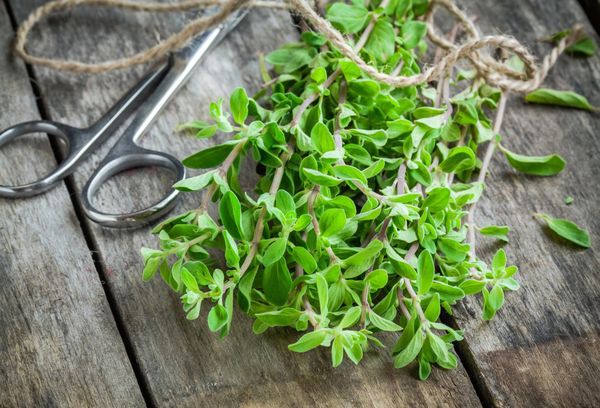
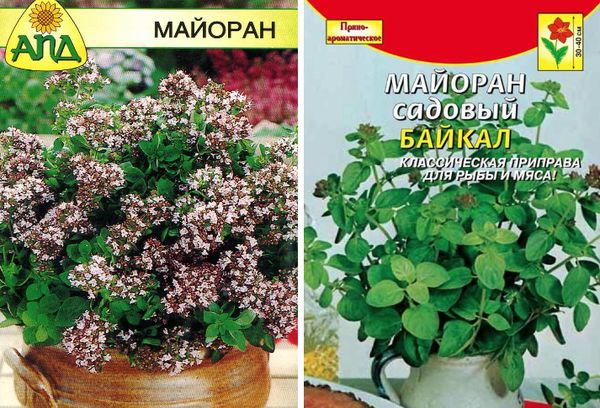
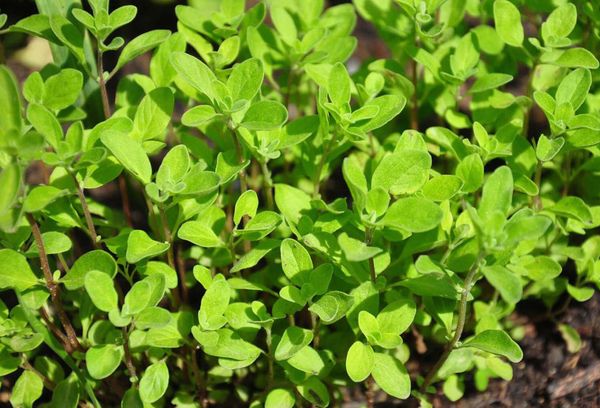
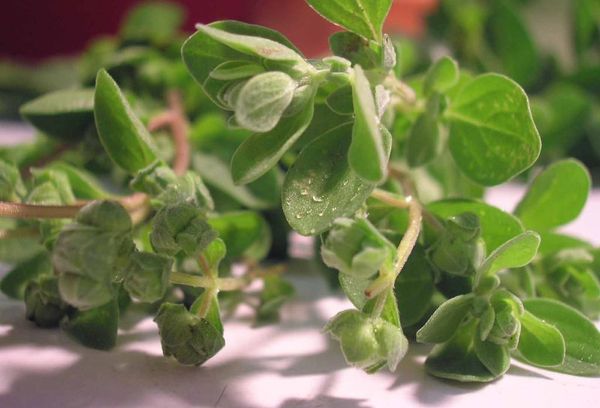
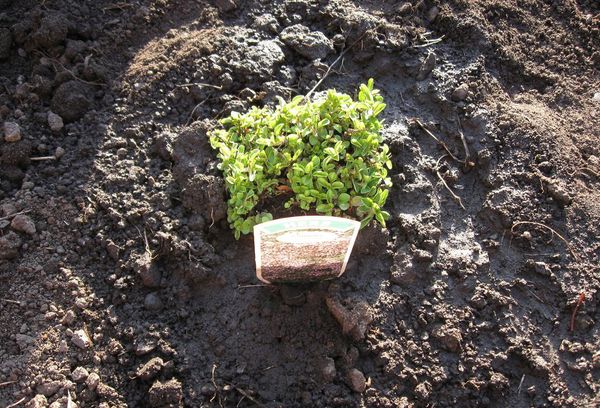
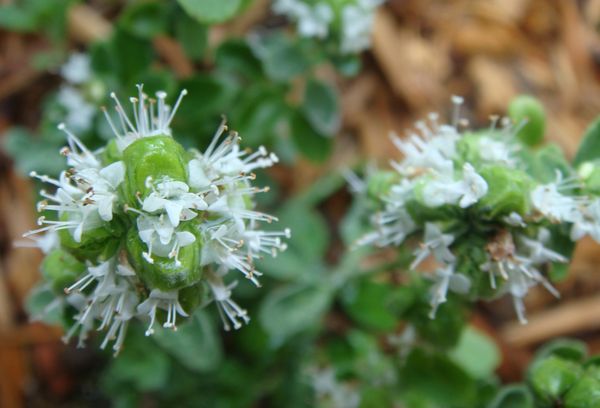
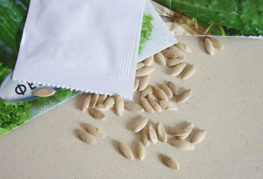
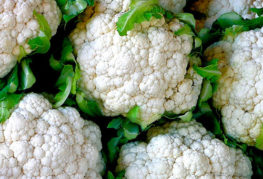
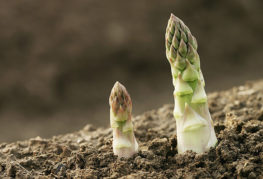
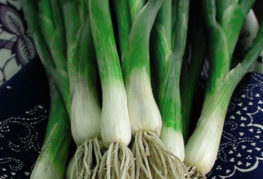

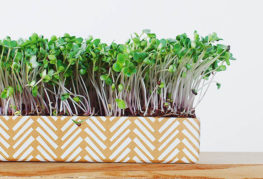
and will be published shortly.